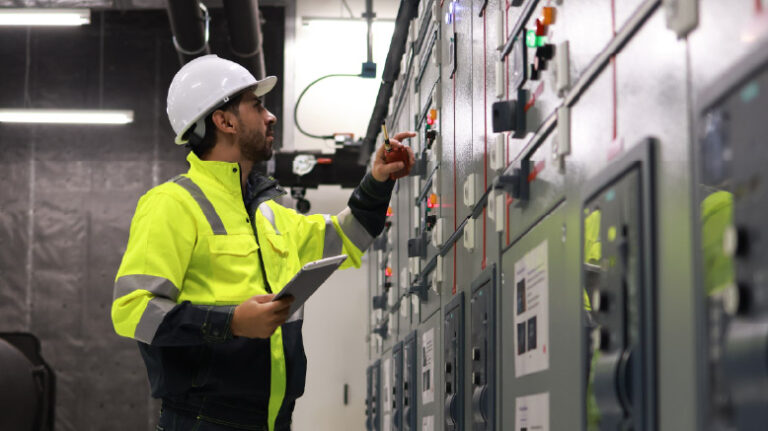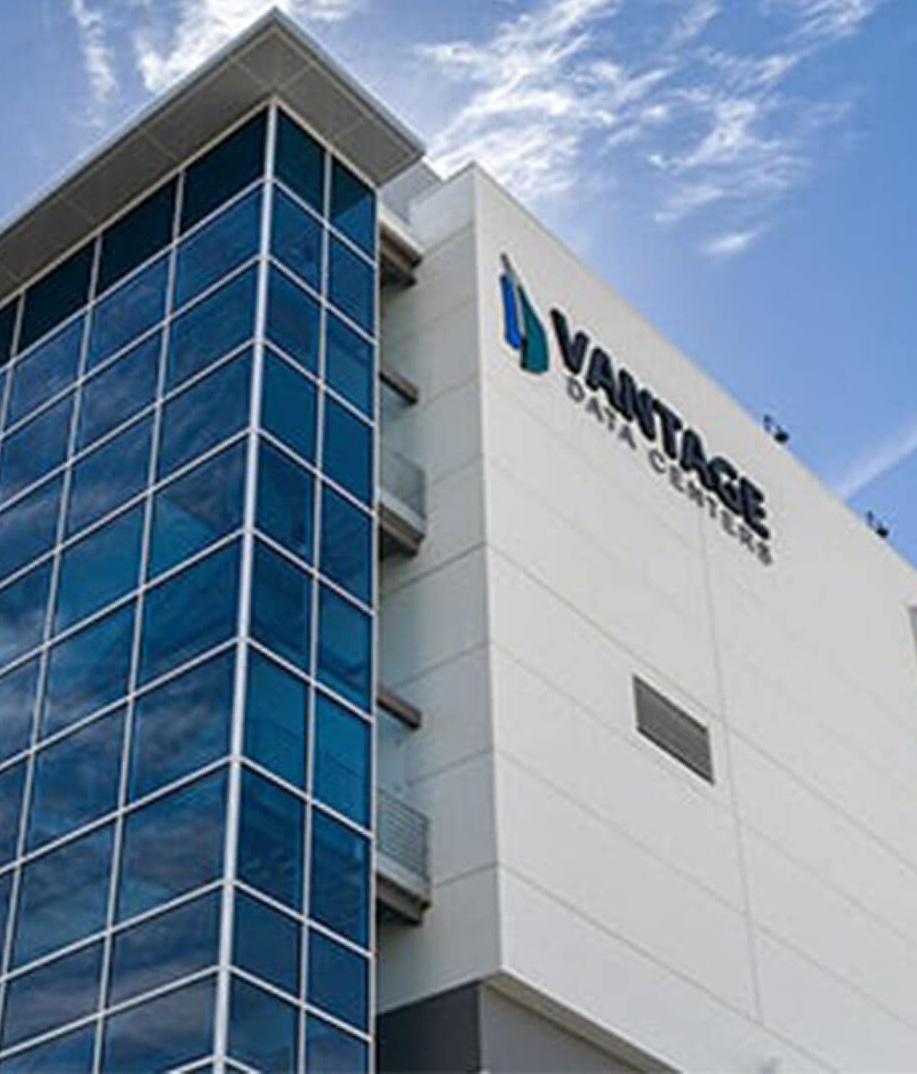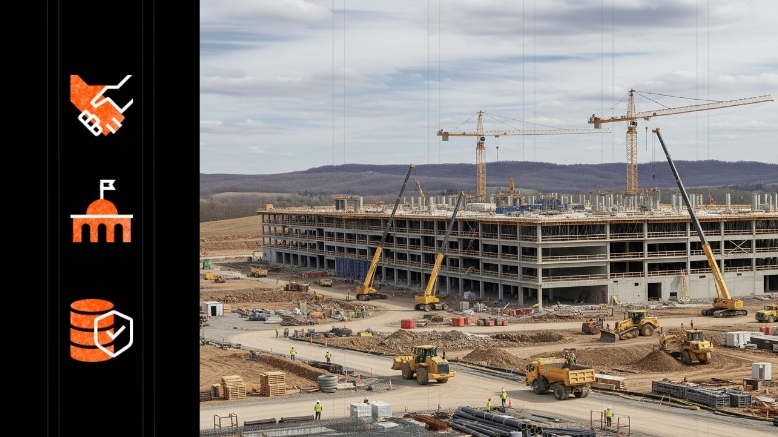Related Articles
— 5 min read
The Top 5 MEP Challenges of Data Centers


Last Updated Jul 29, 2025

Scott Bornman
Principal, Operational Excellence
15 articles
Scott Bornman is a managing strategic product consultant at Procore Technologies. Scott began his long construction career after a successful 8+ years in the U.S. Army, where he selected to be U.S. Army Recruiter following Desert Shield/Desert Storm. Scott has had many roles in the construction field since then, working his way from a project superintendent, to an owner's rep, to a senior project manager and even Vice President of Construction at Bognet Construction and Director of Construction at Plaza Construction before joining the team at Procore.

Diane McCormick
Writer
49 articles
Diane McCormick is a freelance journalist covering construction, packaging, manufacturing, natural gas distribution, and waste oil recycling. A proud resident of Harrisburg, PA, Diane is well-versed in several types of digital and print media. Recognized as one of the premier voices in her region, she was recognized as the Keystone Media Freelance Journalist of the Year in 2022 and again in 2023.
Last Updated Jul 29, 2025

Data centers are unique builds that come with unique challenges. MEP contractors stepping up to build data centers are sure to encounter the complexity of systems and the demands of scalability, redundancy, environmental control and IT infrastructure integration.
This article explores the five key challenges that are essential to data center construction and demand close attention from MEP contractors.
Table of contents
Data Centers: Unique from the Start
Humans work at data centers, but the primary consumers of the completed structure are the servers occupying row after row of racks. From a few hundred to millions in one space, data center servers communicate among themselves to exponentially increase their processing power.
The high demands of servers for precisely controlled operating conditions place pressure on construction. Data centers must be completed on strict deadlines, and they must be operational from Day One.
Successful MEP contractors approach data center challenges with an understanding of the building’s purpose, power and cooling requirements and spatial constraints.
With their insights, they ask questions and pursue follow-ups to understand the owner’s intent and long-term goals. They don’t see drawings as their marching orders for the day but as springboards for conversations about the future growth and needs of the data centers that are now central to the digital economy.
The really good contractors interpret the drawings, ask questions and then iterate on the interpretation. They continue to ask follow-up question after follow-up question to understand the intent.

Scott Bornman
Principal, Operational Excellence
Procore Technologies
Under these criteria, five particular challenges face MEP contractors working on data centers.
1. System Complexity
Data systems house multiple systems that must work in harmony. They don’t just cross paths, to be resolved with traditional clash detection techniques. They work together — for instance, plumbing and mechanical systems convening to support the center’s stringent cooling needs.
This level of integration requires advanced modeling and simulation tools to visualize interactions, prevent conflicts and maximize the completed center’s operating efficiencies.
2. Scalability
Some data centers, including the hyperscale data centers built by the world’s tech giants, are slated for future growth. Owners know that demand will rise, especially as AI, with its hunger for processing power, consumes a rising share of digital interactions.
In a growth-oriented industry, scalability equips owners to leverage the sites they have already found and the structures they have already completed. By overbuilding, they bypass the time- and resource-consuming process of starting from scratch.
But as construction techniques and technology evolve and advance, no one knows what the future will look like. While planning some systems for scalability might not deviate from typical practices, electrical contractors should account for the IT load from the perspective of the future electrical requirement.
This includes creating room for added server racks with their unique layout of separate aisles for cold-air intake and hot-air exhaust. A scalable mindset also considers the fact that future server racks might be designed differently than today’s or should be modularized to accommodate the unknown racking needs of the future.
3. Redundancy
While redundancy is common to many projects, it can be an outsized challenge for data centers. Any problems with power, cooling, vendors, or IT systems threaten downtime that could bring critical operations to a halt.
Redundancy is so nuanced for data centers and other large, mission-critical projects such as hospitals that it is classified into four tiers.
Data centers that can withstand a small amount of downtime are classified as Tier I, needing no redundancy, and Tier II, which might call for backup generators or extra uninterruptible power supply.
Tier III can only take 1.6 hours of downtime a year, requiring N+1 redundancy, which provides a single independent backup for every set of components needed for normal operations.
The restrictive Tier 4 is imposed on data centers requiring 100 percent uptime or only fractionally less. These Tier 4 projects demand 2N redundancy, meaning that every system is fully duplicated and ready to run in case the main system fails.
4. Environmental Controls
Servers require a staid and stable temperature strictly set at 68 to 72 degrees. The cooling system must operate continuously, with no breaks or fluctuations and minimal humidity.
With their rigid cooling requirements, server spaces must operate separately from human-occupied areas and their need for fresh-air makeup, which introduces humidity and temperature fluctuations that servers can’t tolerate.
Even if placing people closer to the servers they monitor would simplify systems operations and be more convenient for data center employees, the two areas must be segregated.
5. IT Infrastructure Integration
Building what’s on the drawings will get the job done, but it won’t lead to long-term relationships with the companies that build data centers. They want partners who learn to interpret their assignments through the building’s IT needs, which are the reason for its existence.
For instance, some data centers operate solely for the needs of the owner, such as a tech giant collecting, storing and processing data for internal use. There, running the servers as a neural network without interruption is top priority, so cooling is the primary consideration.
However, a data center built to support e-commerce operations might prioritize a consistent and reliable network of fiber optic cables capable of carrying vast data loads in and out.
"We have real data with integrity to base our decisions on."
Learn how Vantage Data Centers created a single source of truth to improve data analytics, financial performance and communication across five continents.

Overcoming MEP Hurdles in Data Centers
For MEP contractors pursuing data center construction, understanding the unique demands of these complex facilities is key.
To stay on the cutting edge of data center builds, contractors can prioritize advanced modeling and simulation tools to visualize system interactions and prevent conflicts, leading to more efficient operations.
It's also important to adopt a scalable mindset, accounting for future IT load and diverse rack designs, to accommodate the industry's rapid growth and technological shifts. This forward-thinking approach will allow contractors to deliver high-performing data centers that meet current demands and adapt to future advancements.
Was this article helpful?
Thank you for your submission.
0%
0%
You voted that this article was . Was this a mistake? If so, change your vote
Scroll less, learn more about construction.
Subscribe to The Blueprint, Procore’s construction newsletter, to get content from industry experts delivered straight to your inbox.
By clicking this button, you agree to our Privacy Notice and Terms of Service.
Thank you!
You’re signed up to receive The Blueprint newsletter from Procore. You can unsubscribe at any time.
Categories:
Written by

Scott Bornman
Principal, Operational Excellence | Procore Technologies
15 articles
Scott Bornman is a managing strategic product consultant at Procore Technologies. Scott began his long construction career after a successful 8+ years in the U.S. Army, where he selected to be U.S. Army Recruiter following Desert Shield/Desert Storm. Scott has had many roles in the construction field since then, working his way from a project superintendent, to an owner's rep, to a senior project manager and even Vice President of Construction at Bognet Construction and Director of Construction at Plaza Construction before joining the team at Procore.
View profile
Diane McCormick
Writer | Procore Technologies
49 articles
Diane McCormick is a freelance journalist covering construction, packaging, manufacturing, natural gas distribution, and waste oil recycling. A proud resident of Harrisburg, PA, Diane is well-versed in several types of digital and print media. Recognized as one of the premier voices in her region, she was recognized as the Keystone Media Freelance Journalist of the Year in 2022 and again in 2023.
View profileExplore more helpful resources

Building Intelligence: How AI & Data Are Rewiring Construction for the Digital Age
As data center construction surges to meet the demands of AI, cloud computing, weekend streaming binges and real-time digital services, the pressure being put on builders by owners has reached...

Power, Politics & Permits: The External Forces Shaping Data Center Development
As the need for digital infrastructure accelerates, data centers have become essential to powering the world’s digital economy. Yet, behind every hyperscale facility is a complex web of external forces...

The New Frontier: How Data Centers Are Pushing the Limits of Construction
The digital world never sleeps — and as such, neither can the infrastructure powering it. As demand for cloud services, artificial intelligence and streaming data continues to surge, data centers...

How Modular Construction Can Help Overcome Data Center Labor Shortages
Data center construction is booming — but as the sector grows, the demand for skilled workers to build these highly specialized projects increases. Labor shortages have emerged as a key...
Free Tools
Calculators
Use our calculators to estimate the cost of construction materials for your next project.
Templates
Find a template to help you with your construction project tasks.
Material Price Tracker
Get the latest U.S. retail prices and view historical trends for common building materials.
Glossary
Explore key terms and phrases used in the industry.
